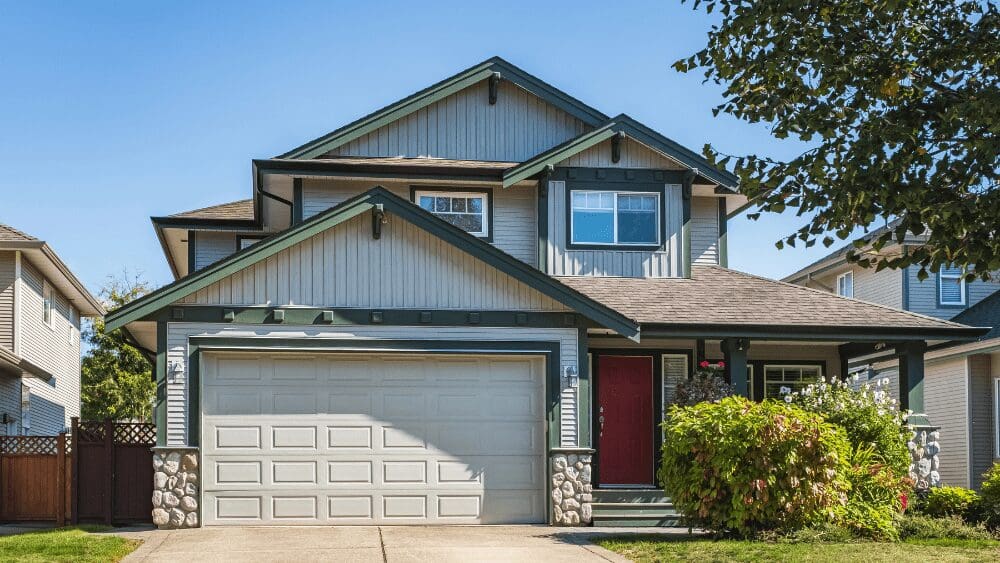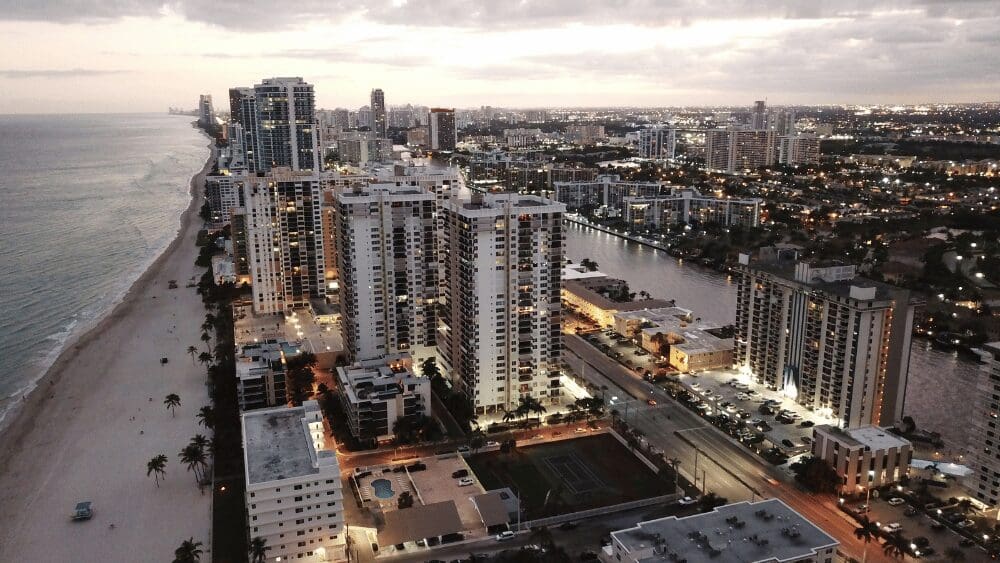
Moving to a new home requires a lot of planning and math. Planning often demands the lion’s share of your attention, but your financial calculations have a direct influence on the quality of life you can expect. In this post, we’ll share how to estimate utility costs for a new home. For this post, we’ll provide average cost estimates for the most common utilities Americans typically need to pay for when they purchase a home. These include: According to researchers at This Old House, who conducted a comprehensive analysis of 2024 utility costs throughout the United States, the following average costs can help you estimate your expenses. The average natural gas cost is $80.33. This cost can fluctuate based on the size of your home, the number of occupants, and local rates. How to save money on your natural gas bill: The average electricity cost is $135.25. Factors such as the size of your home, usage patterns, and local rates can influence this expense. How to save money on your electricity bill: The average water cost is $39.16. Your bill can vary depending on your household size and water usage habits. How to save money on your water bill: The average trash collection cost is $31.10. This cost is usually fixed by local municipalities. How to save money on your trash collection bill: The average sewer cost is $71.16. This charge is often based on water usage. How to save money on your sewer bill: The average internet and cable cost is $118. Your costs can vary based on the service provider and the plan you choose. How to save money on your internet and cable bill: The average landline phone cost is $166. This cost can vary based on your plan and usage. How to save money on your phone bill: By considering all these utilities, you can expect to pay around $641 per month on average for your utility bills. Keep in mind that these costs can vary based on your location, usage, and specific circumstances. Let’s look at the high and low state examples identified by This Old House researchers. Here are the states with the highest utility bills, according to This Old House’s 2024 report. Connecticut has the highest monthly utility costs, with significant expenses in electricity ($176.10) and phone services ($166). Residents spend about 7% of their income on utilities, aided by a relatively high mean monthly income of $10,680. Charges like the Revenue Adjustment Mechanism and the Combined Public Benefits Charge contribute to these costs. Hawaii is a close second with high utility costs, primarily due to electricity ($221.53). The state’s reliance on imported oil and high transportation costs contribute to these rates. Residents spend 7.3% of their $10,080.75 mean monthly income on utilities, reflecting Hawaii’s high living costs. Massachusetts has a total monthly utility cost of $696.52, with a lower percentage of income spent on utilities (6.2%) due to the high mean income ($11,151.92). High electricity rates (around 28 cents per kilowatt-hour) are offset by a robust economy and energy-efficient policies. With utility costs similar to Massachusetts, New Hampshire residents spend $694.52 per month on average. Given a lower mean monthly income ($9,954.33), they allocate 7% of their income to utilities, with significant costs in electricity ($149.91) and internet/cable services ($151). Alaska has the lowest total utility costs among these states at $691.12 per month. However, residents spend 7.6% of their income on utilities due to a lower mean monthly income ($9,127) and high heating costs, particularly for gas ($133.17). The harsh climate significantly influences these costs. Some states offer more affordable utility costs, making them attractive for budget-conscious homeowners and homebuyers. Here are the states with the lowest utility bills, according to This Old House’s 2024 report. Utah residents enjoy the lowest utility costs at an average of $520.88 per month, spending 5.5% of their mean monthly income ($9,503.67). The state’s energy-efficient building codes and renewable energy sources contribute to these low costs. New Mexico has average utility costs of $525.55 per month. Residents spend 7.7% of their mean monthly income ($6,865.17) on utilities. With one of the lowest average electric bills ($91.21), the state’s utility costs are kept affordable. Idaho’s average utility costs are $526.65 per month. Residents spend 6.7% of their mean monthly income ($7,875.25) on utilities, benefiting from the state’s focus on renewable energy sources, which account for nearly three-fourths of its electricity generation. Iowa’s average utility bill is $543.00 per month, representing 7% of the mean monthly income ($7,724.50). According to This Old House, support programs like LIHEAP (Income Home Energy Assistance Program) help manage utility expenses, particularly for low-income households. Montana residents pay an average of $546.36 per month for utilities, which is 7.2% of their mean monthly income ($7,572.80). The study’s results show that the costs appear to be more evenly distributed across different utility services, meaning that no single expense disproportionately affects residents. Below is a table created by This Old House that shows the average monthly utility costs by state. The trash category is not included. Local governments sometimes provide household garbage disposal, and a location may have multiple options from private companies. In our national estimate above, we used an average of $31.10 per month for trash services.What utilities do you need to budget for?
How to estimate utility costs for a new home
Natural gas
Electricity
Water
Trash collection
Sewer
Internet and cable
Phone
Total average utility costs
Which states have the highest utility bills?
Connecticut: $751.13
Hawaii: $738.54
Massachusetts: $696.52
New Hampshire: $694.52
Alaska: $691.12
Which states have the lowest utility bills?
Utah: $520.88
New Mexico: $525.55
Idaho: $526.65
Iowa: $543.00
Montana: $546.36
What is the average monthly utility bill in my state?



